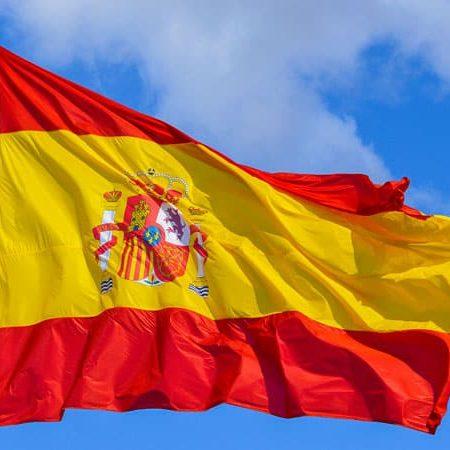
Madrid, Spain
Is Spanish more than one language?
Spanish is a language with many dialects, but it’s not as clear-cut and straightforward to define “what makes up Spanish.”
When people think about languages, they usually only consider one language. However there are many dialects and variants that can be found around the world and Spanish no exception. Some believe these variant forms should all count as separate languages while others maintain they’re just different accents or tones used within a single tongue.
For you, it’s most important that you know about the different variants of Spanish. That way you can make the right choices when you translate your company’s content.
Why the Spanish language is great for global reach, but more challenging than some.
Spanish is the 4th most spoken language in world and it has a huge market potential. But companies often think that Spanish only means one thing: “the European country’s dialect.” This perspective can create challenges by overlooking how people from different regions speak Spanish – and they do! Loosely coined “Sociolingualism”, this focuses too much attention towards just your domestic marketplace instead of looking out into all other markets where those same speakers exist.
A quick guide to Spanish language variants
- Language is a system for communicating ideas and emotions. It has vocabulary and grammar rules that are different from one language to the next. For example, Spanish contains many words which aren’t found in other languages, while German makes use of much simpler word construction methods, making the commonality easier.
- Dialect — The popular definition is that a dialect is primarily only spoken. Though some words are different, the underlying grammar is the same. People speaking different dialects of the same language can understand each other. For example, people speaking Mexican Spanish can understand people speaking Cuban Spanish.
- Variant or variation — A variant is a specific version of a language spoken or used in a particular area, group, or community.
- Locale — A locale describes a language variant. Additionally, it includes information about other aspects important for translation. For example, it describes how to write numbers, times, months, and other properties.
While these may be consensus definitions, it’s worth remembering that it’s not set in stone.
The language spoken by the people of Spain is often thought to be just one dialect, but in reality it contains many different languages with their own set of rules and traditions. A lot of Spanish speakers recognize and comprehend when people speak different languages from Spanish, like Italian or Sardinian for instance. This can be attributed to their common linguistic roots.
We use the term “variation” to refer to both languages and dialects. It’s most useful for translation because you’ll have a better idea of what language or dialect content is being translated into for a particular audience and/or region.
Countries where Spanish is the official language
When expanding into new markets, it’s helpful to know what countries the Spanish language can help you reach.
Spanish is the official language of the following 20 countries:
Argentina Guatemala Bolivia Honduras Chile Mexico Colombia Nicaragua Costa Rica Panama Cuba Paraguay Dominican Republic Peru Ecuador Spain El Salvador Uruguay Equitorial Guinea Venezuela

Mexico City
The 5 languages in Spain: Avoid Confusion
- Castilian Spanish (which is what you may think of as “Spanish”)
- Catalan
- Galician
- Basque
- Aranese
The 29 Spanish Language Variants
A common myth you can find on the internet is that there are only around 10 variants or dialects of Spanish. This is just nonsense. We don’t know where this myth originated — there are 10 dialects of Mexican Spanish alone!
| Variant | Code | ||||
|---|---|---|---|---|---|
| 1 | Base Identifier for Spanish | es | 16 | Spanish – Guatemala | es-GT |
| 2 | Standard Latin American Spanish | es-419 | 17 | Spanish – Honduras | es-HN |
| 3 | Spanish – Argentina | es-AR | 18 | Spanish – Canary Islands | es-IC |
| 4 | Spanish – Bolivia | es-BO | 19 | Spanish – Mexico | es-MX |
| 5 | Spanish – Brazil | es-BR | 20 | Spanish – Nicaragua | es-NI |
| 6 | Spanish – Belize | es-BZ | 21 | Spanish – Panama | es-PA |
| 7 | Spanish – Chile | es-CL | 22 | Spanish – Peru | es-PE |
| 8 | Spanish – Colombia | es-CO | 23 | Spanish – Philippines | es-PH |
Which Spanish is considered “Universal”?


Comments are closed